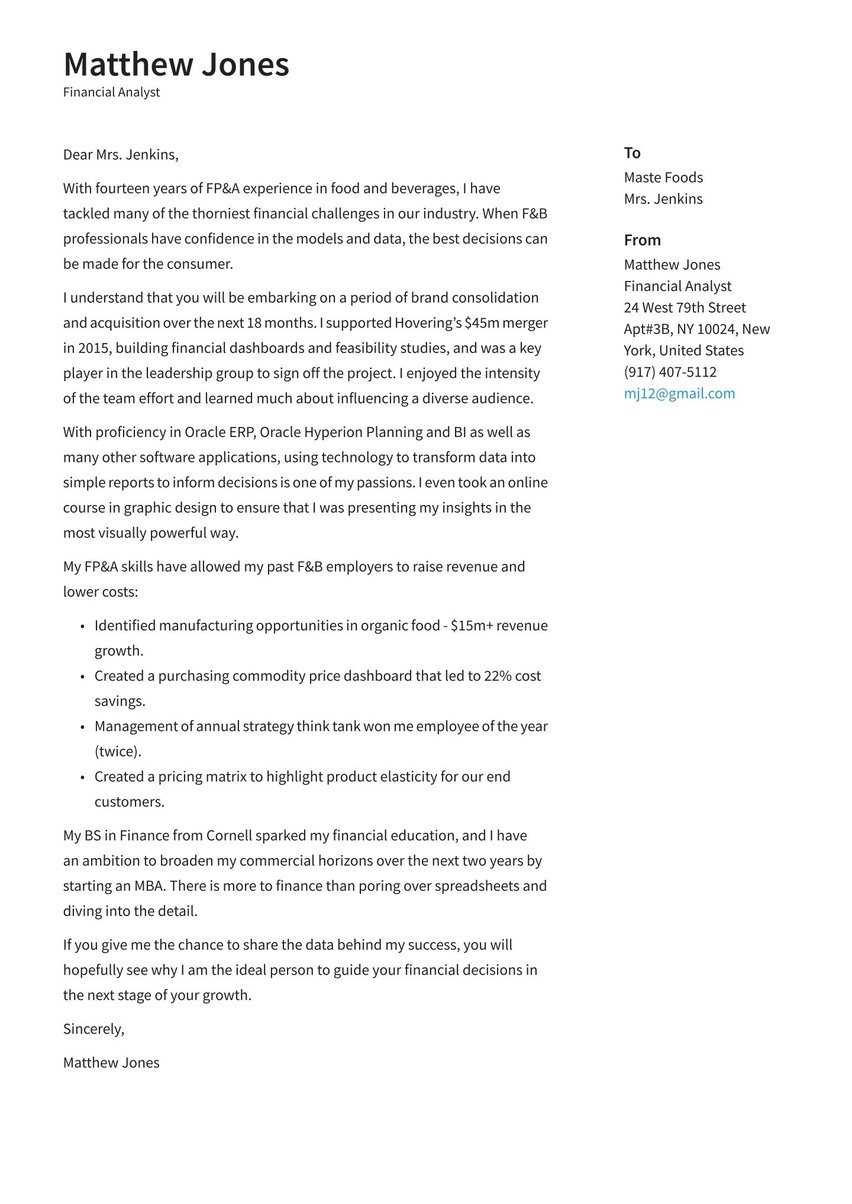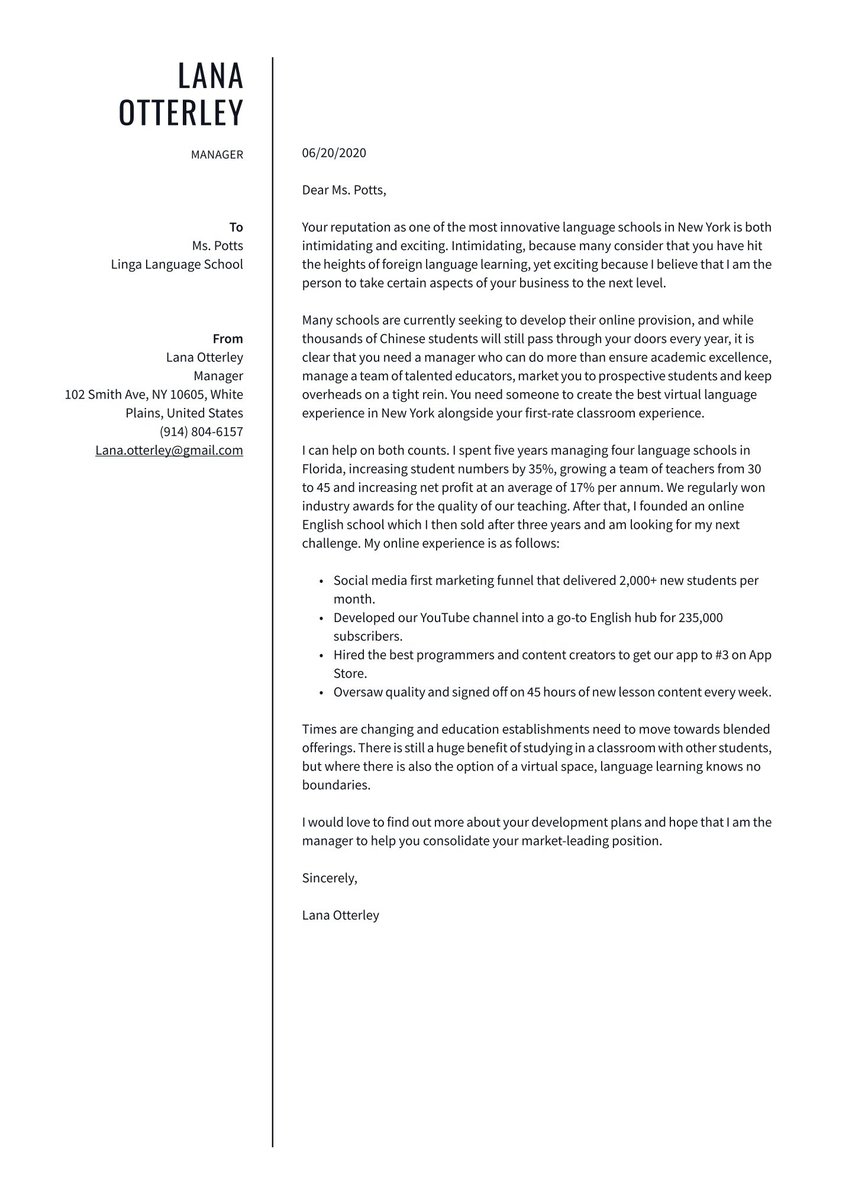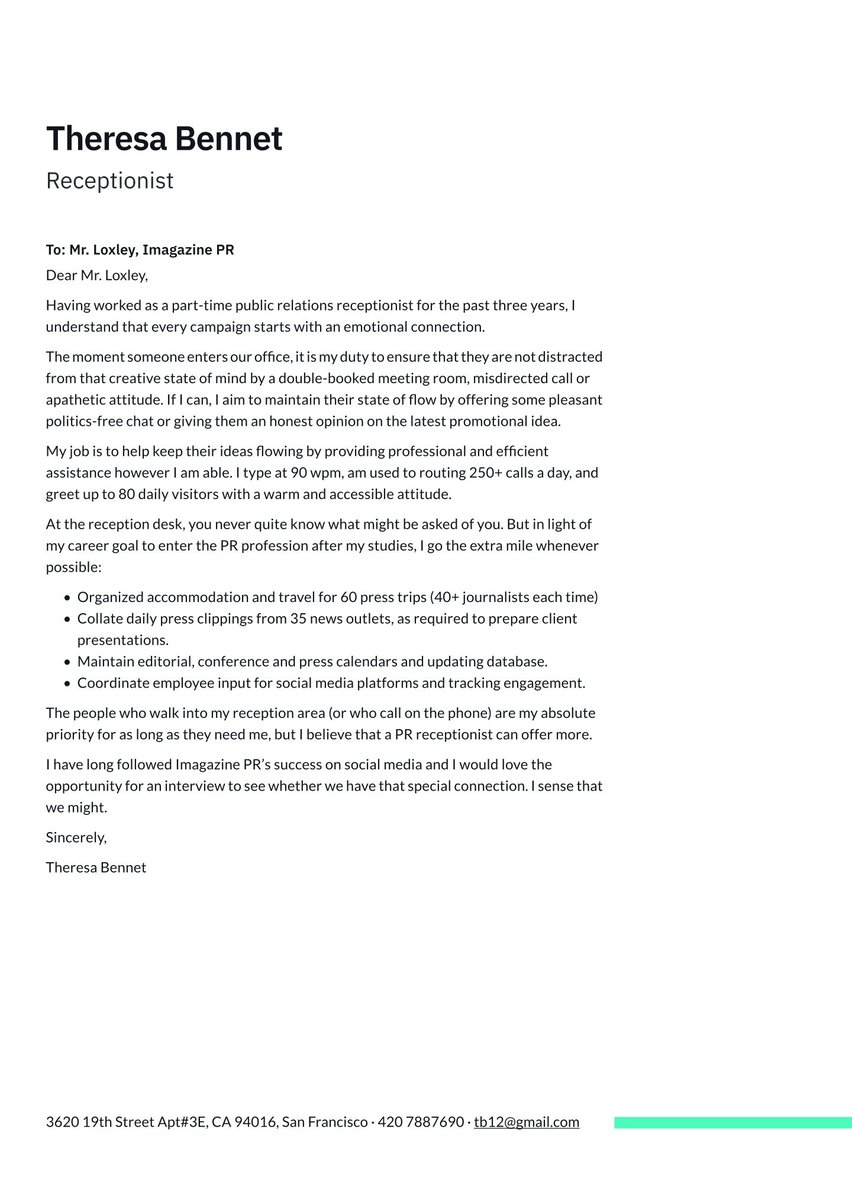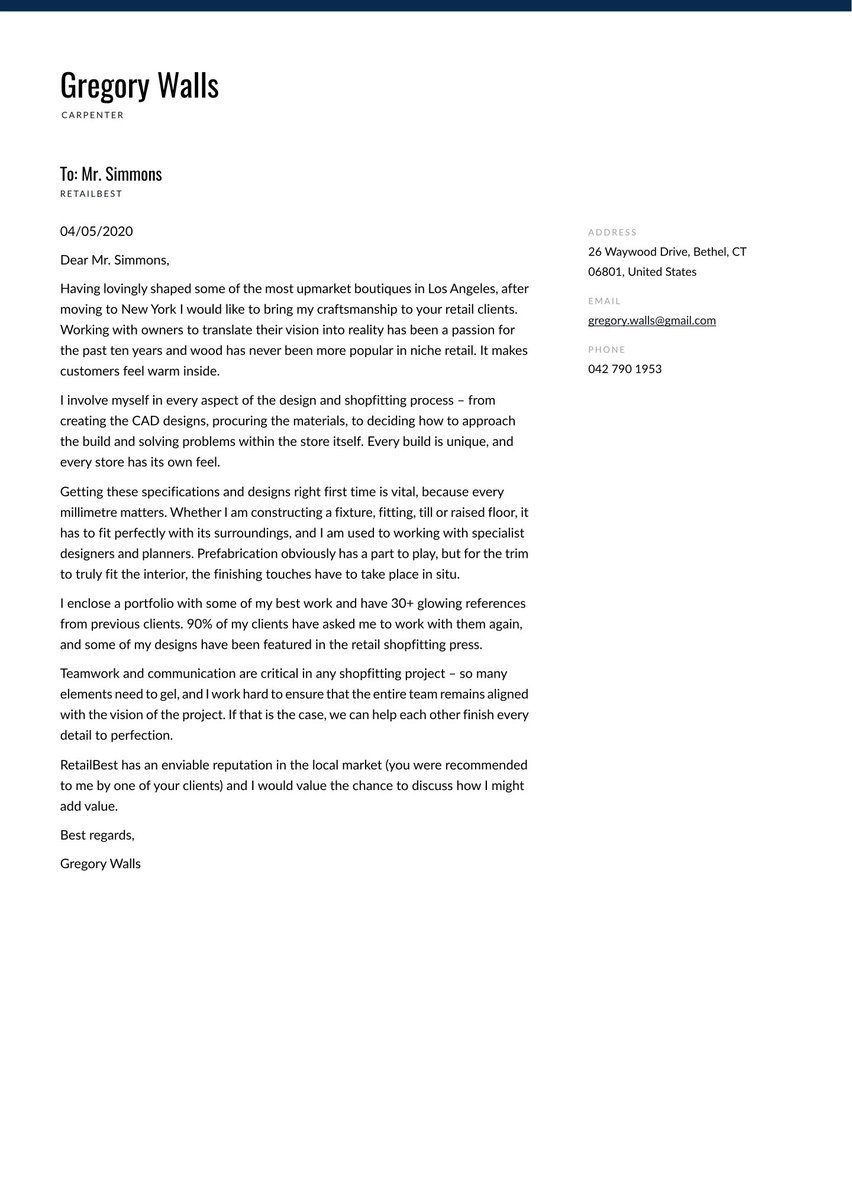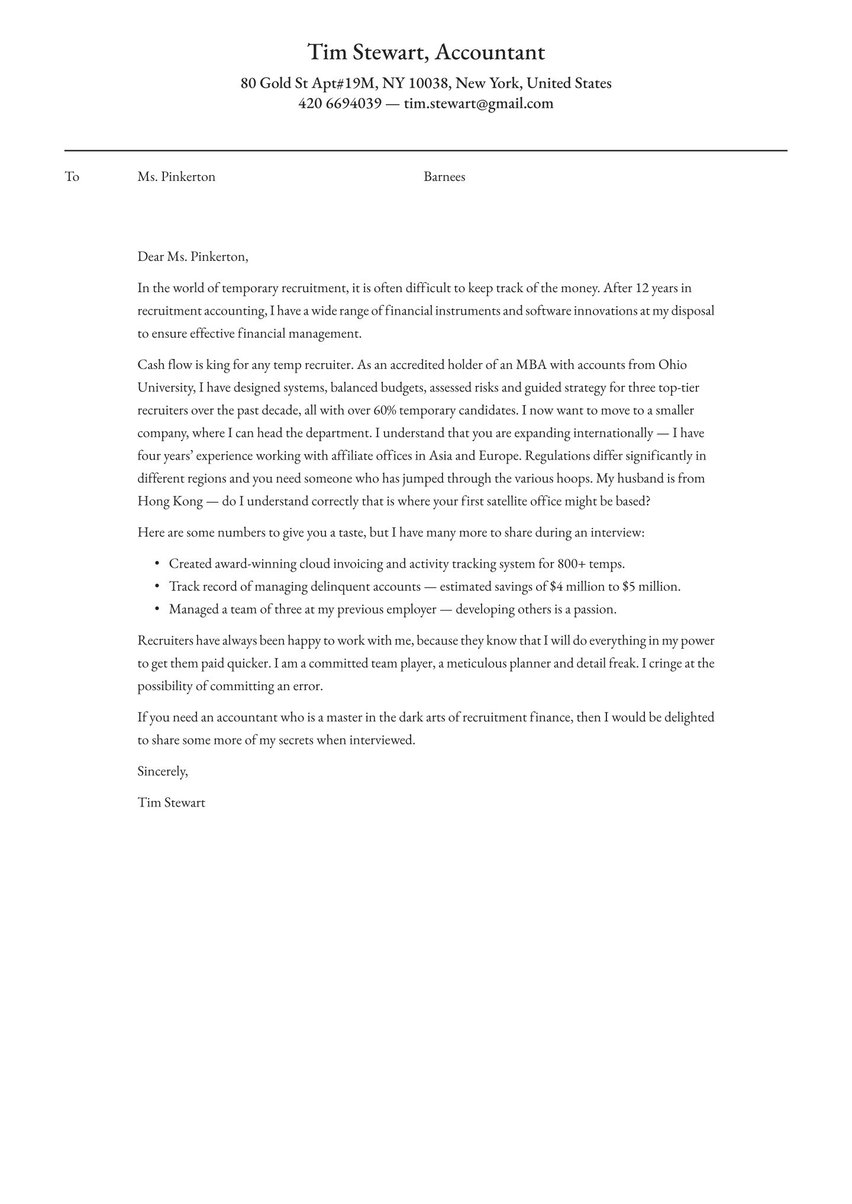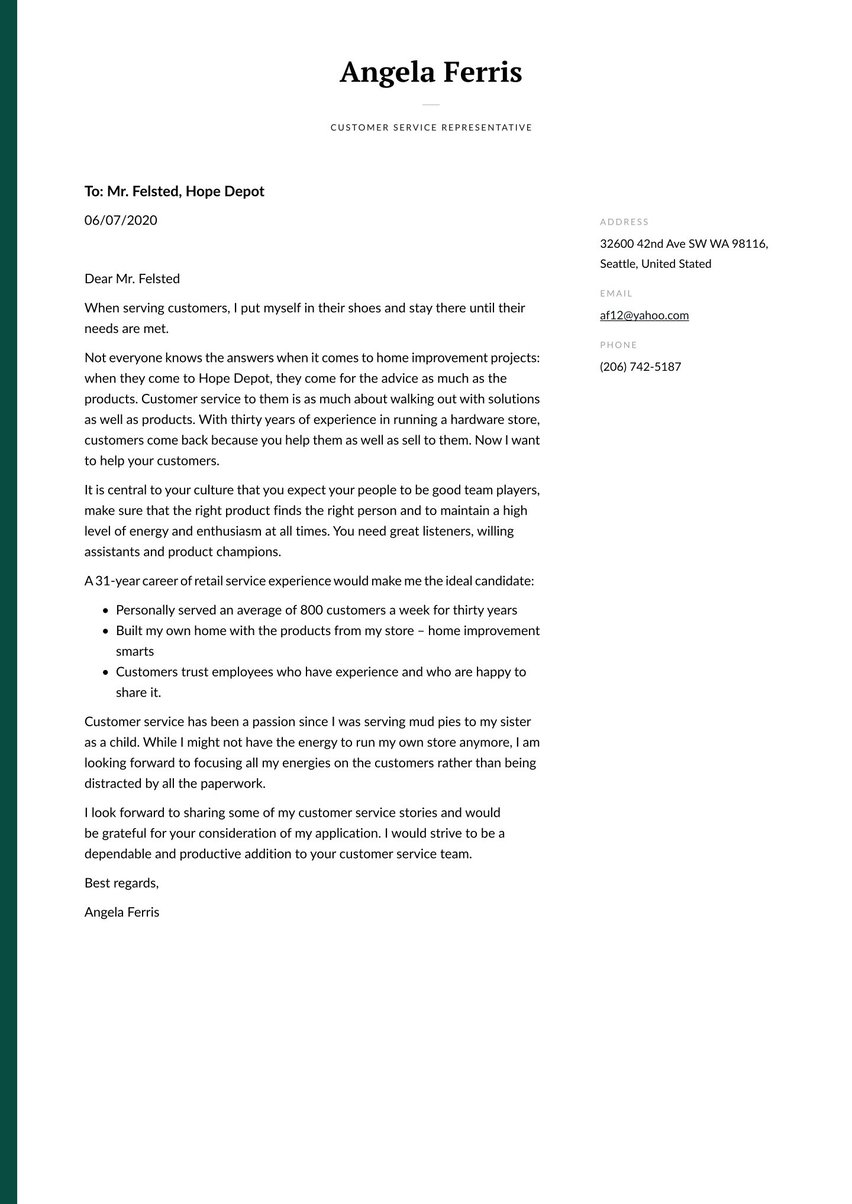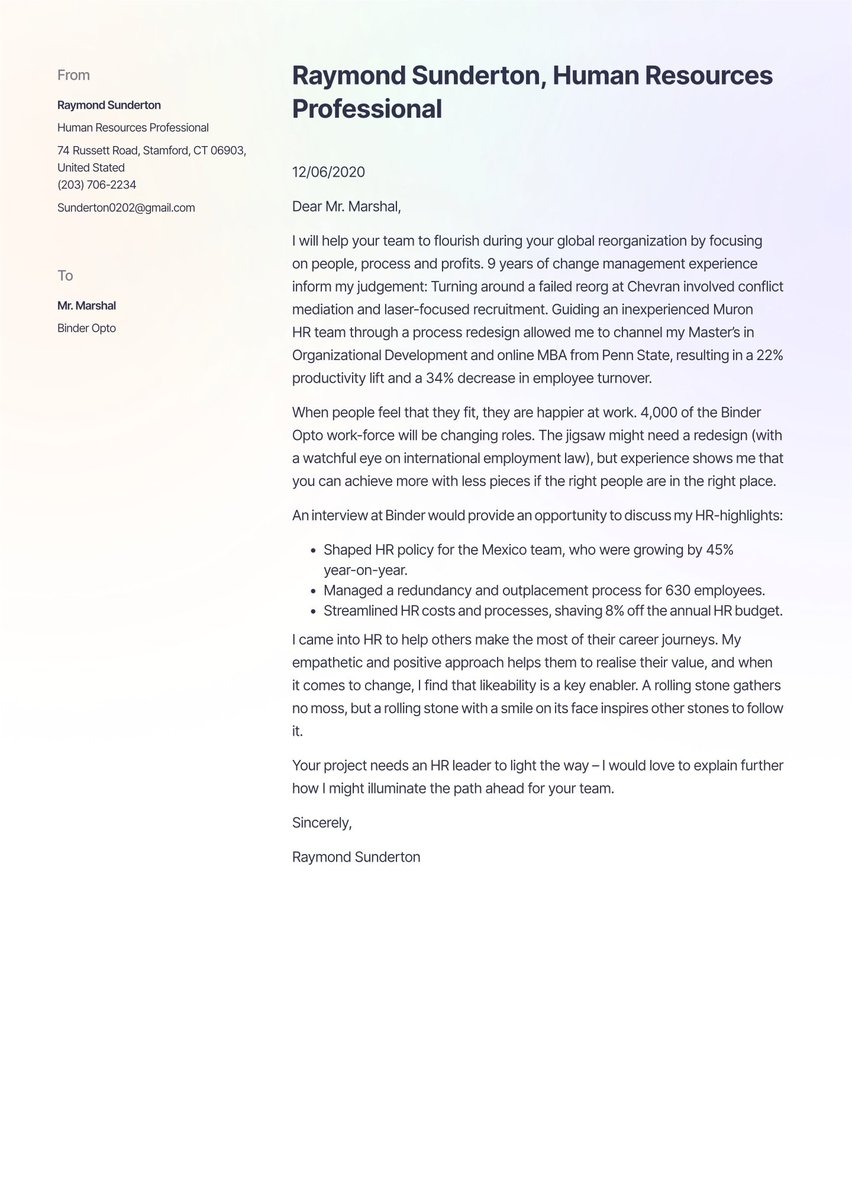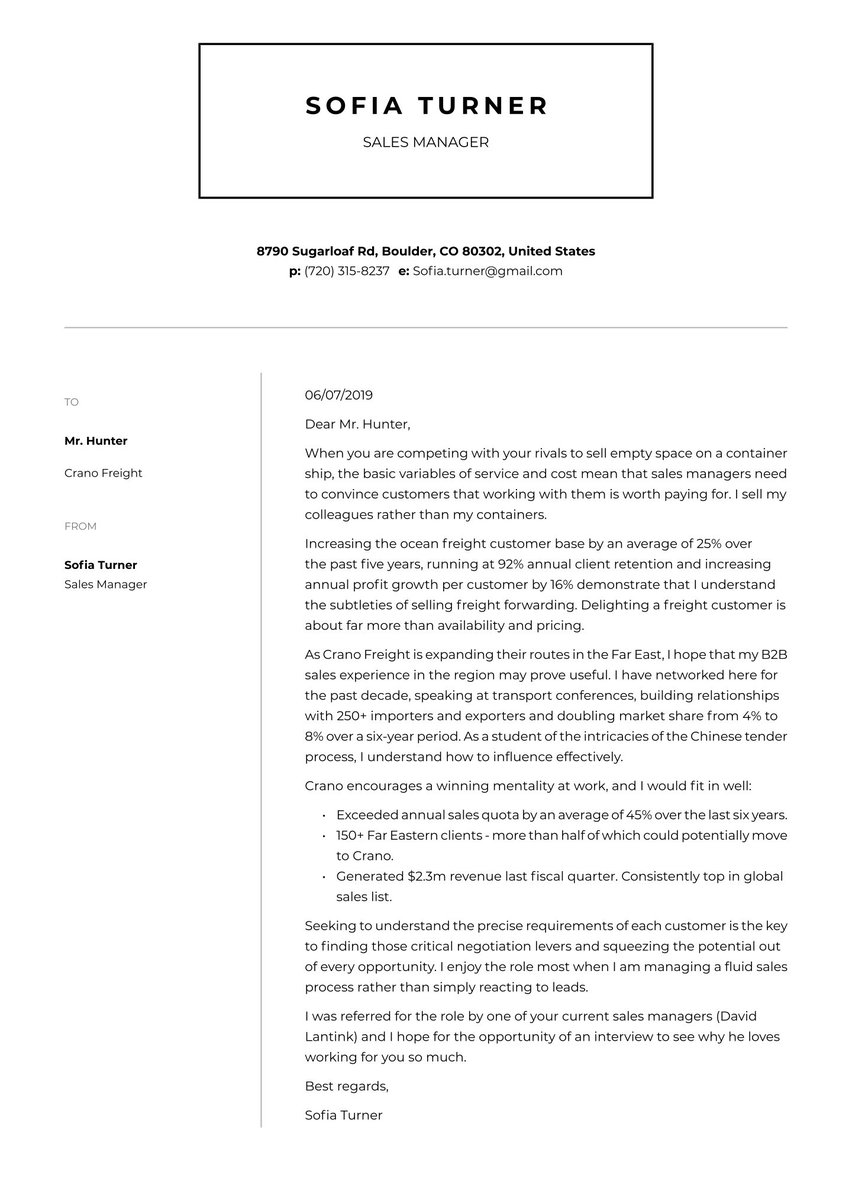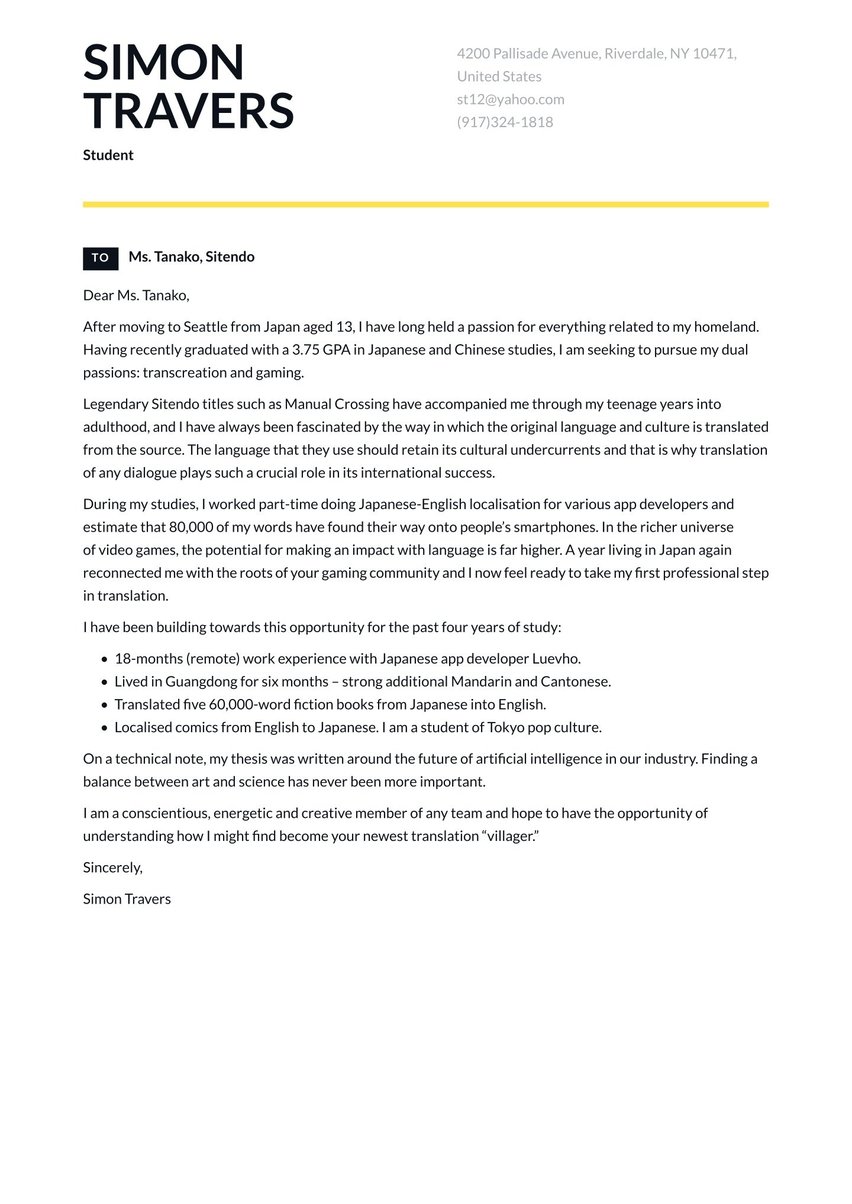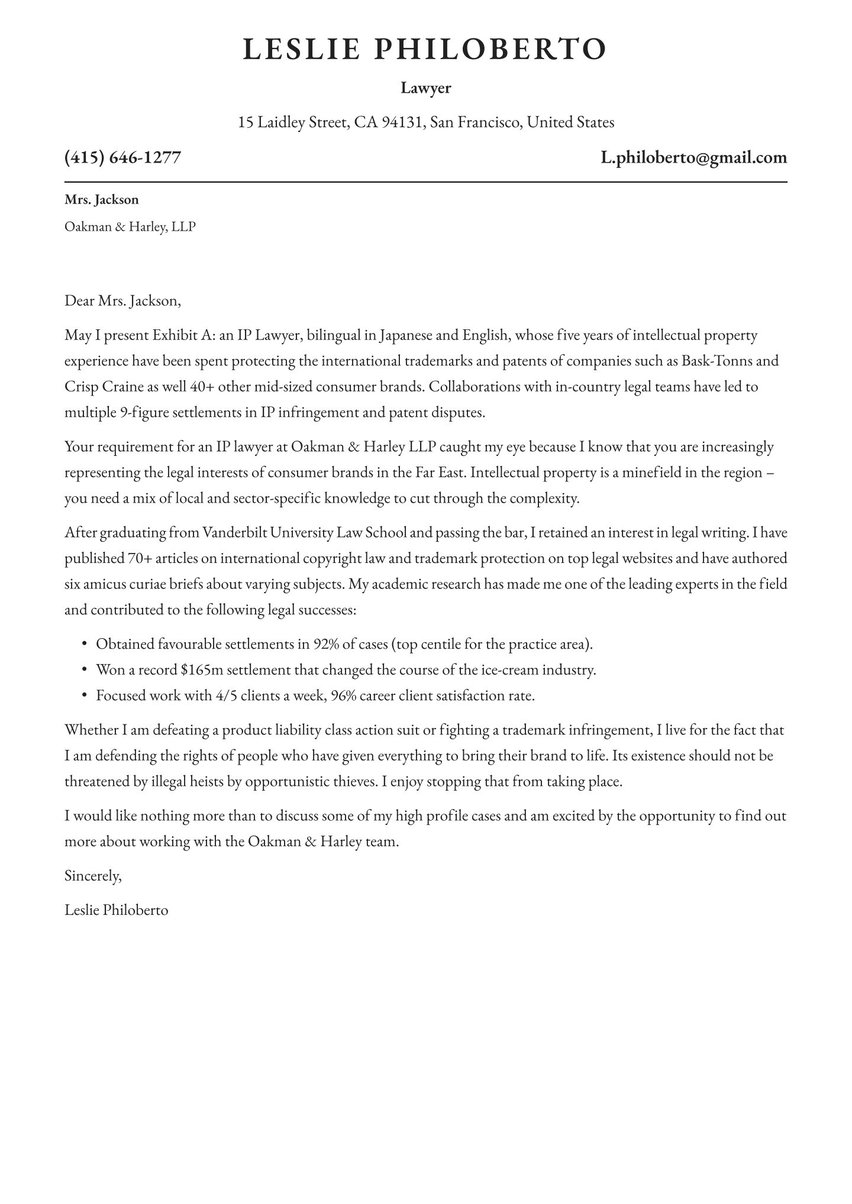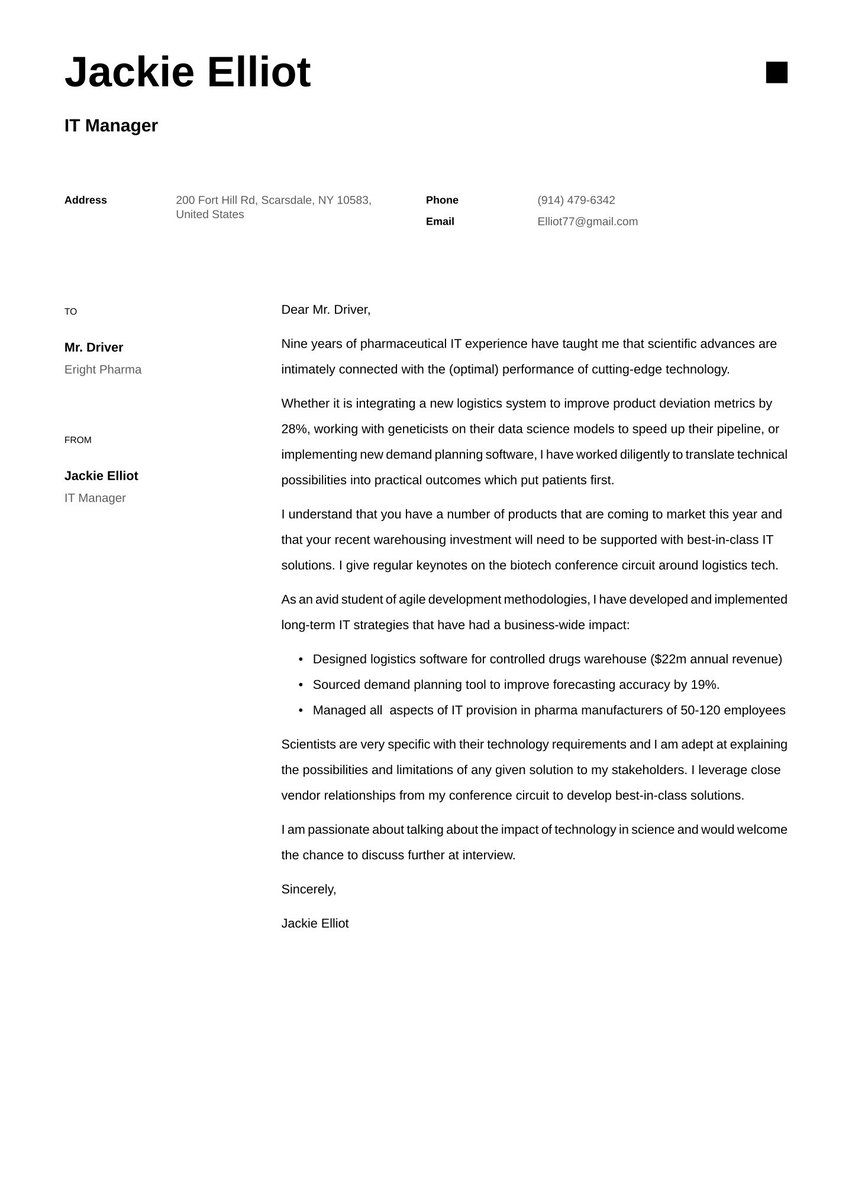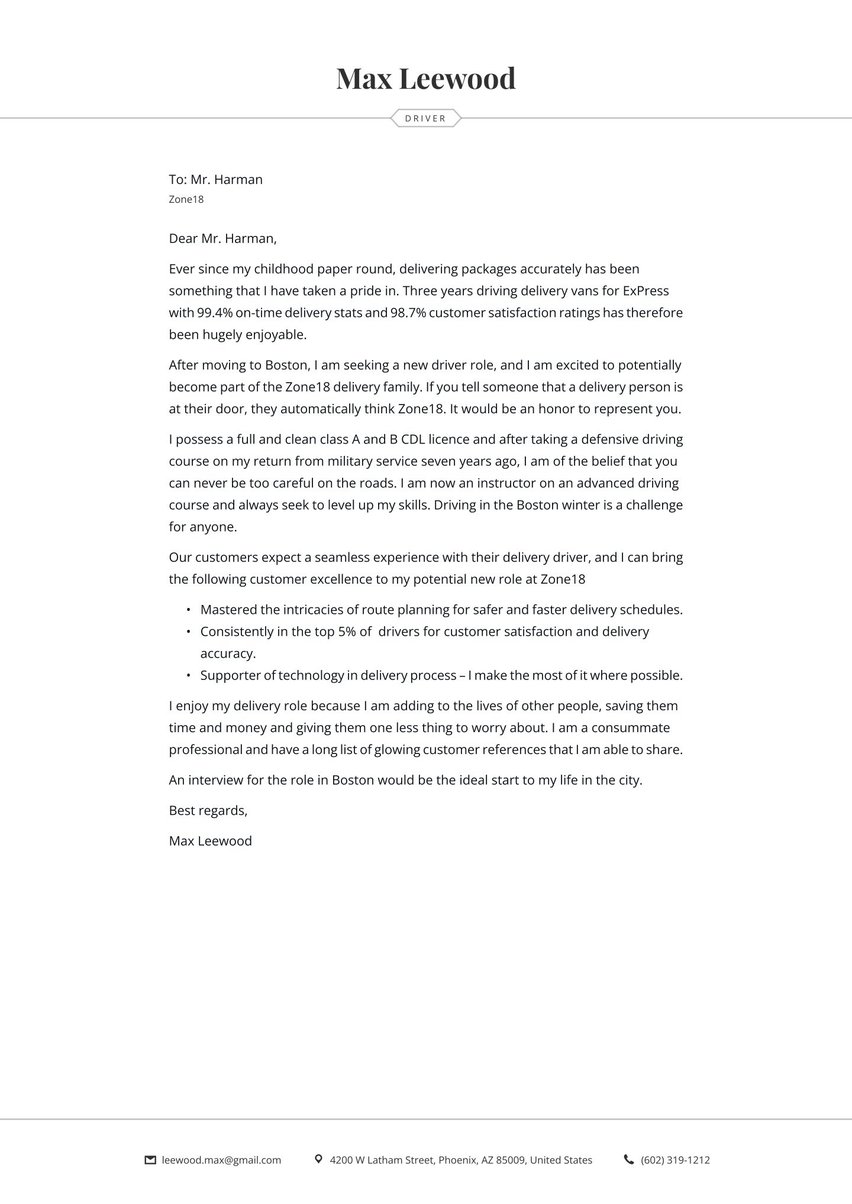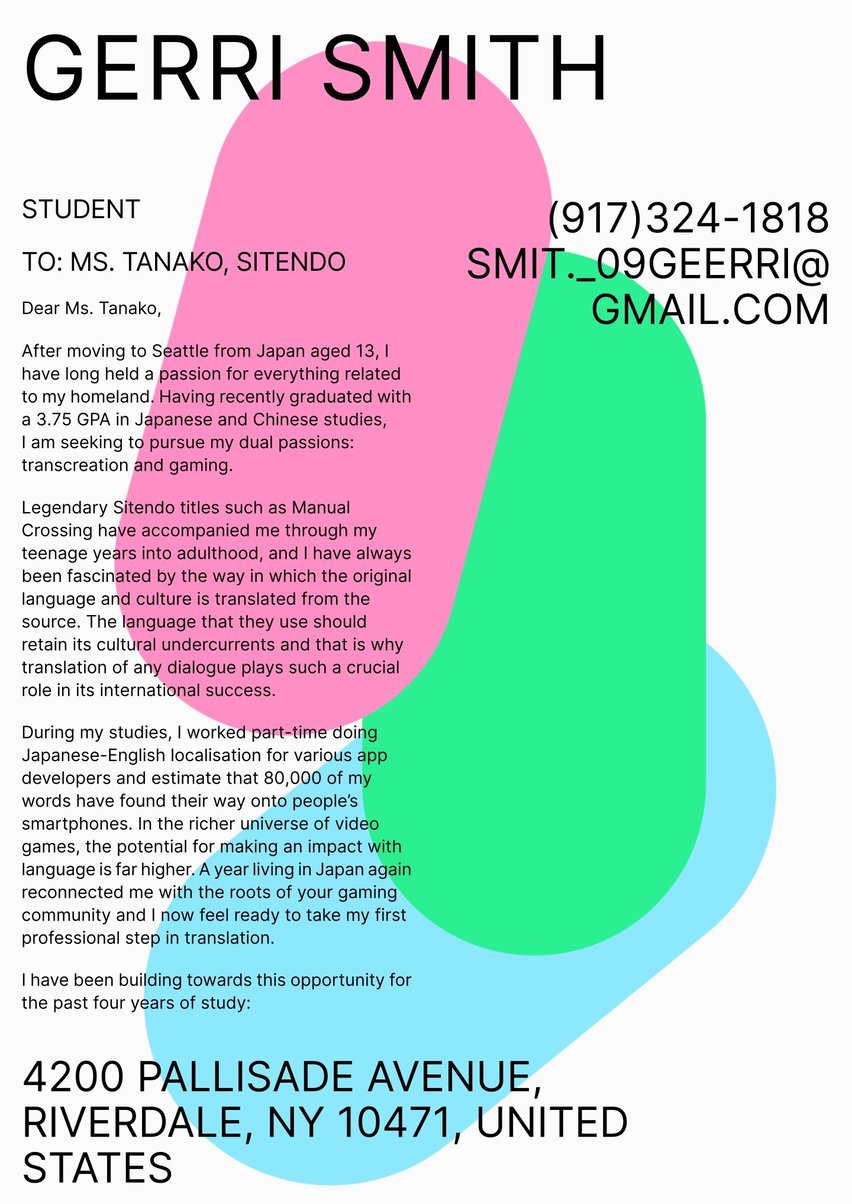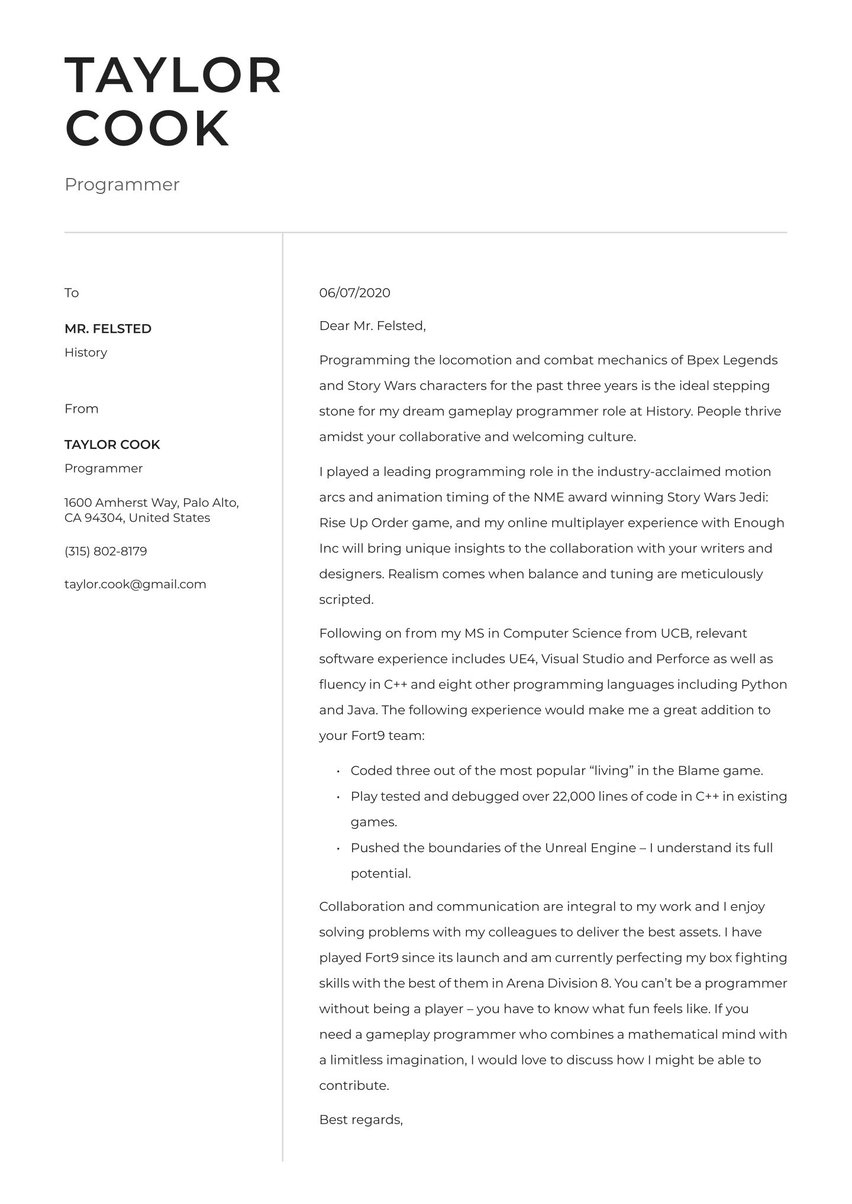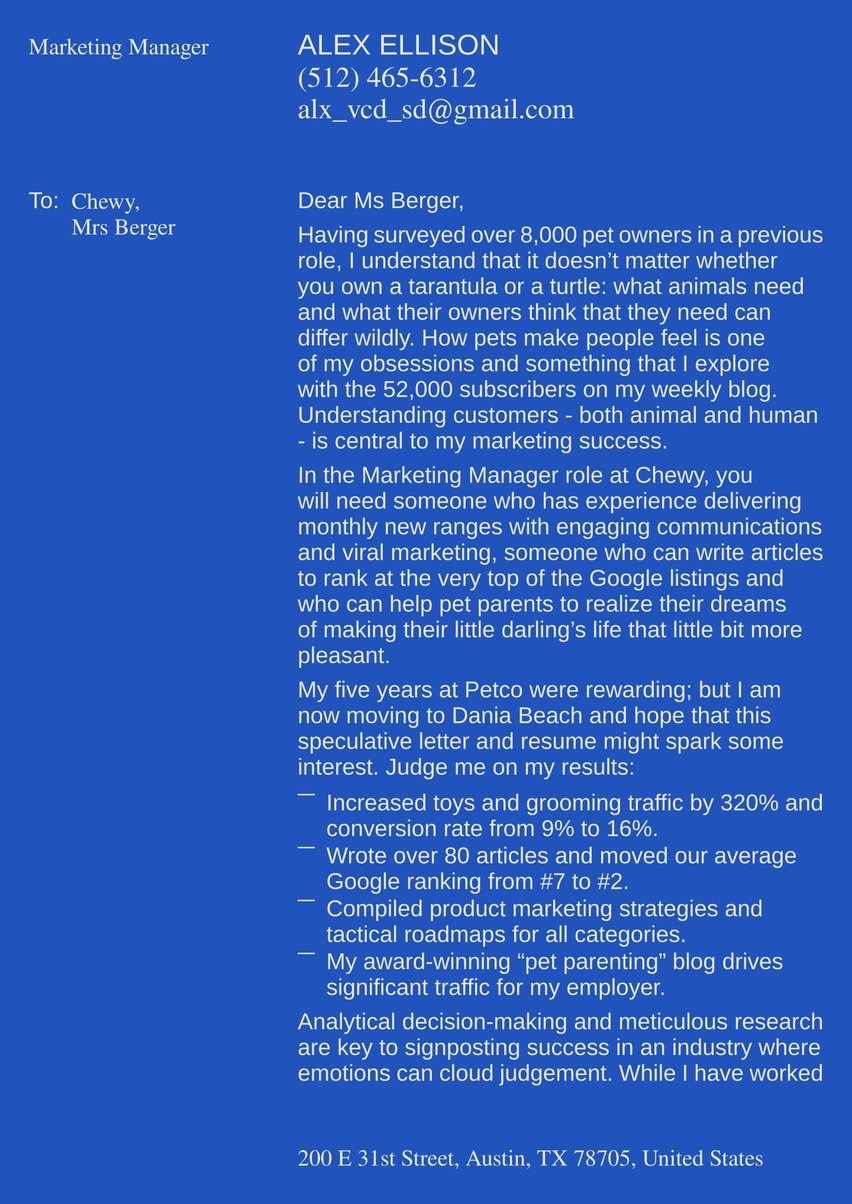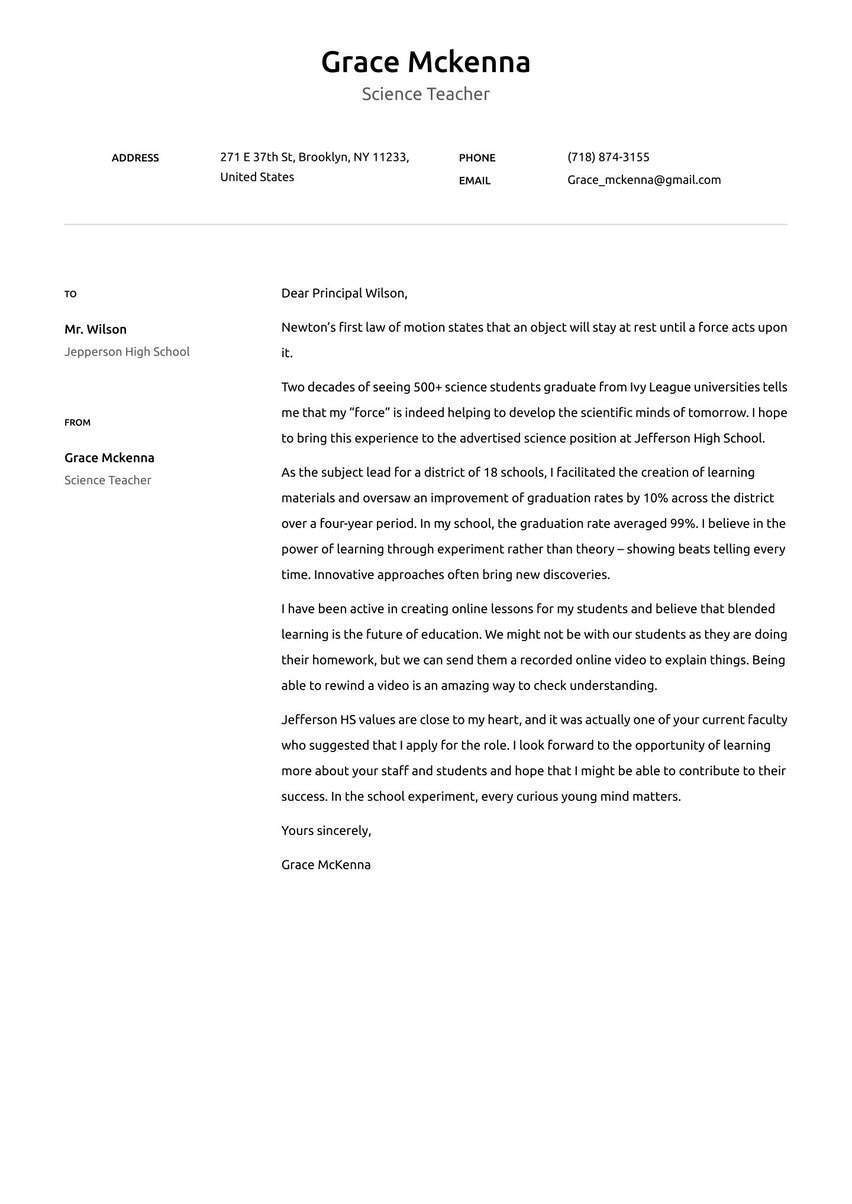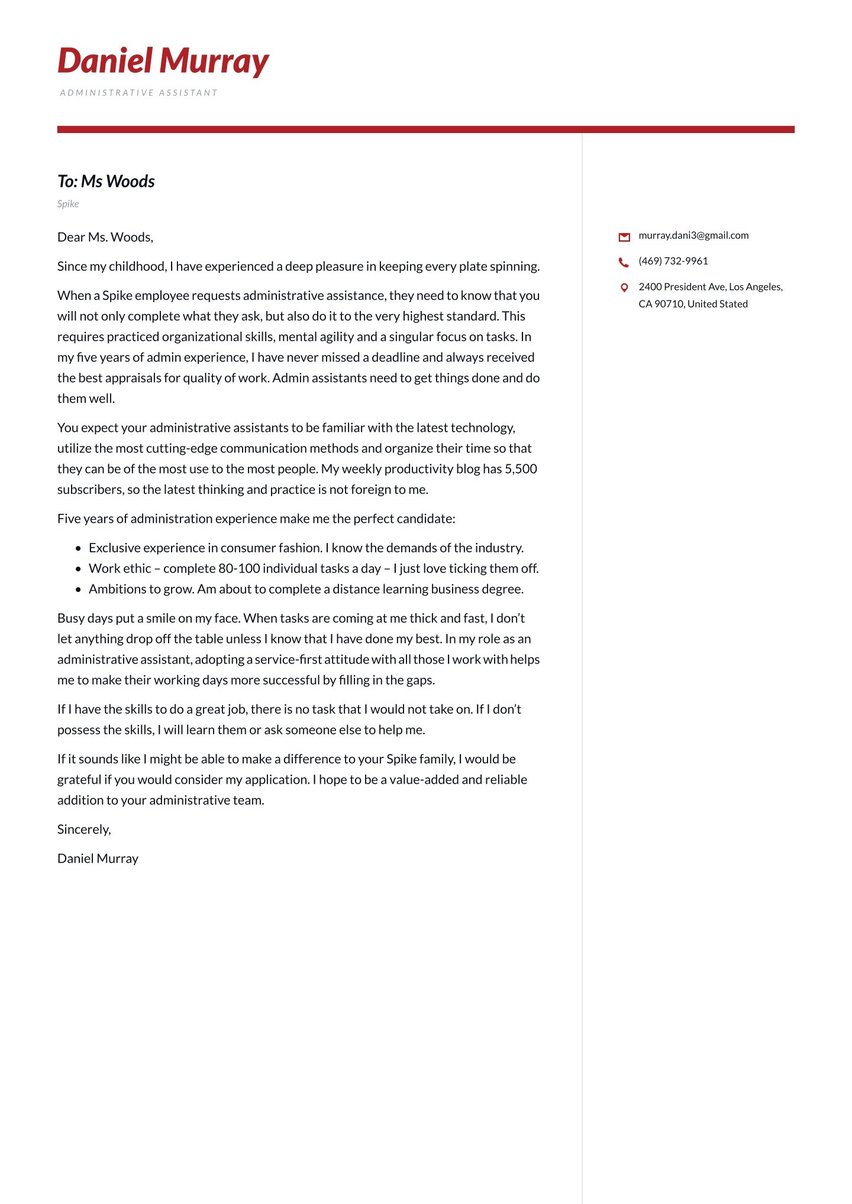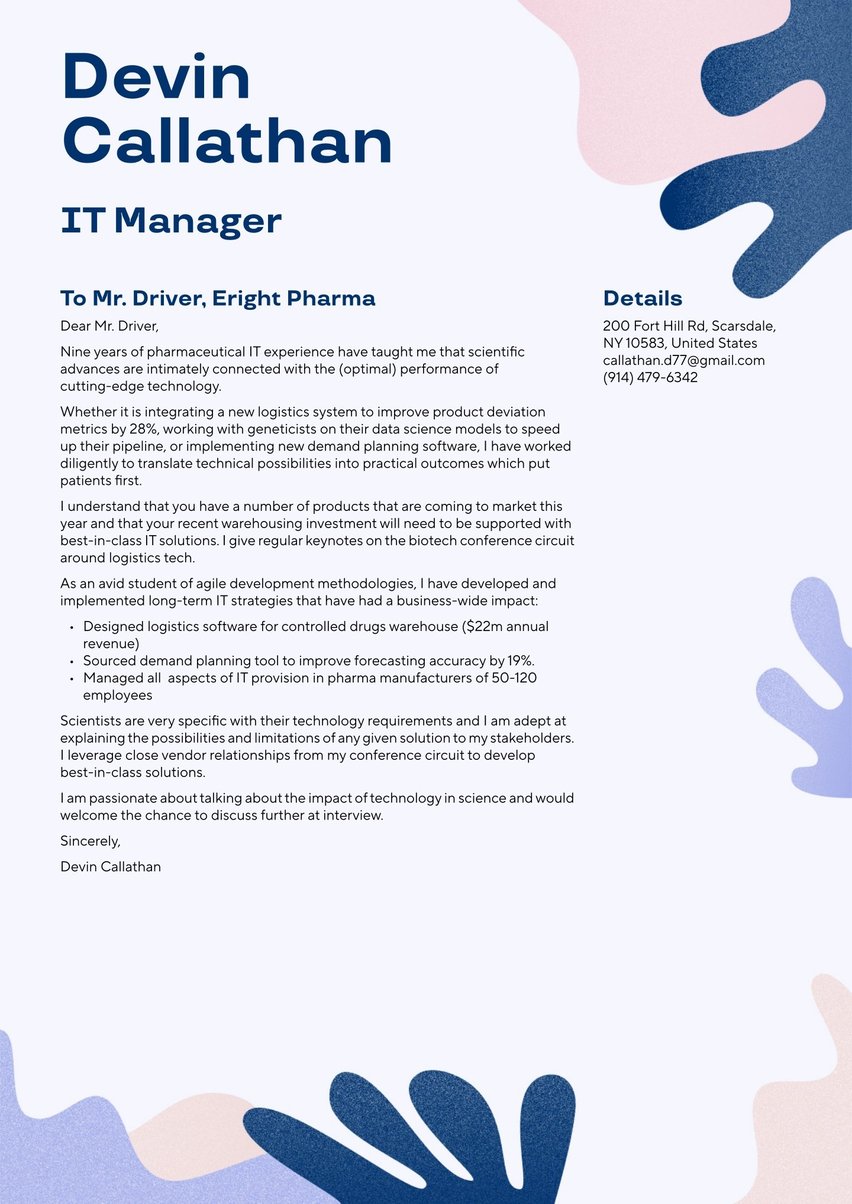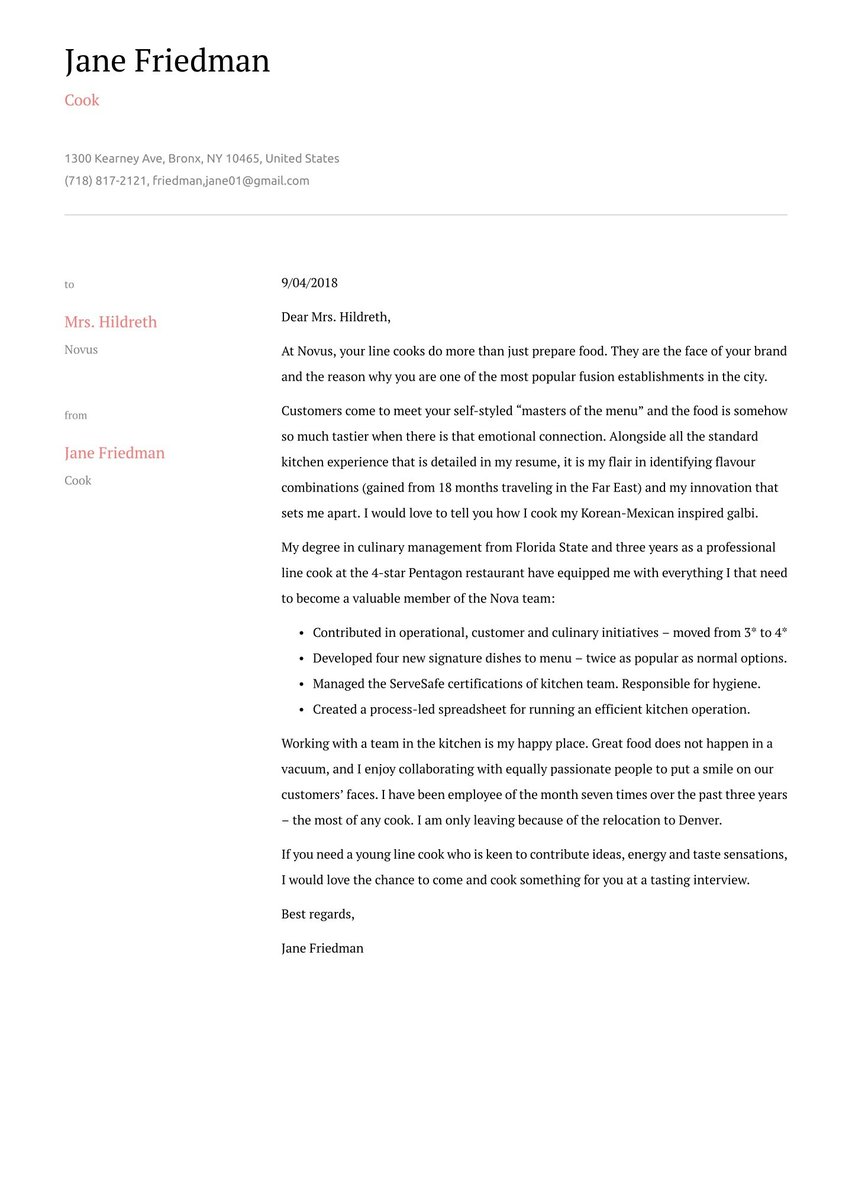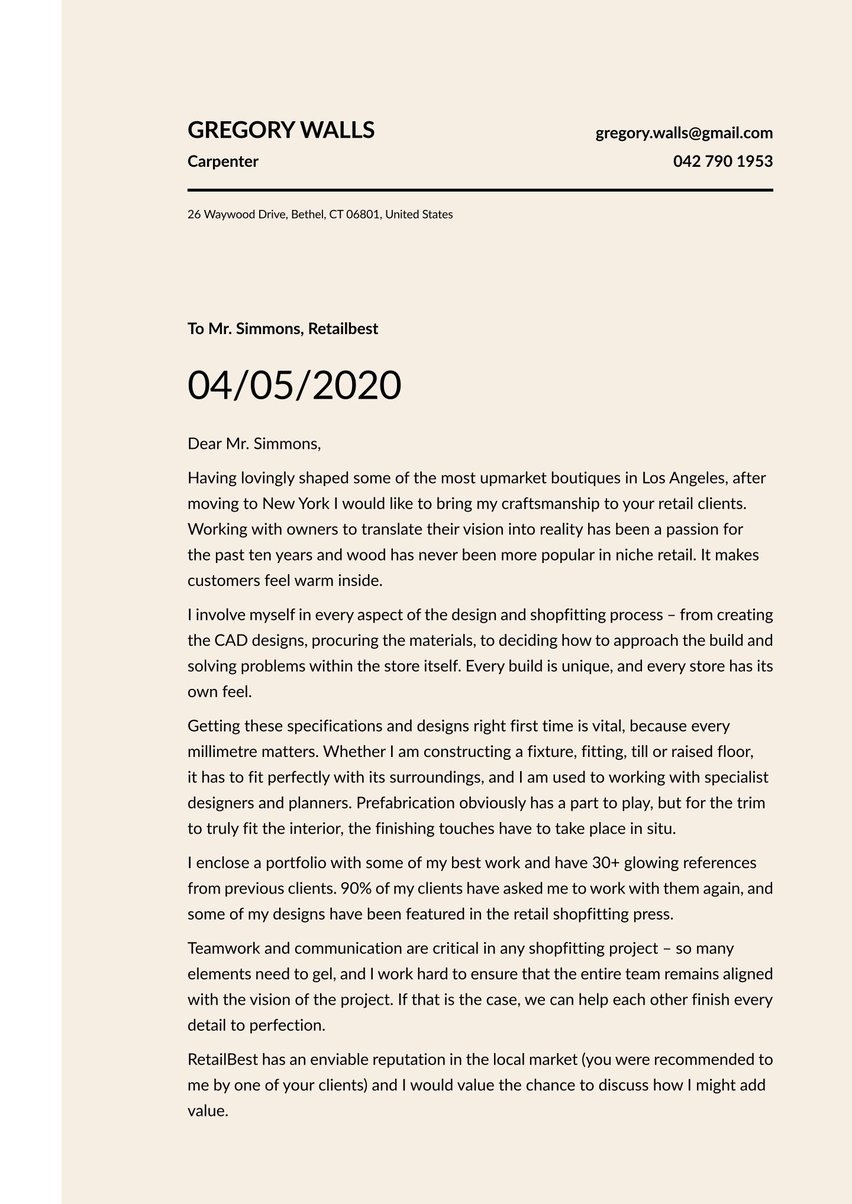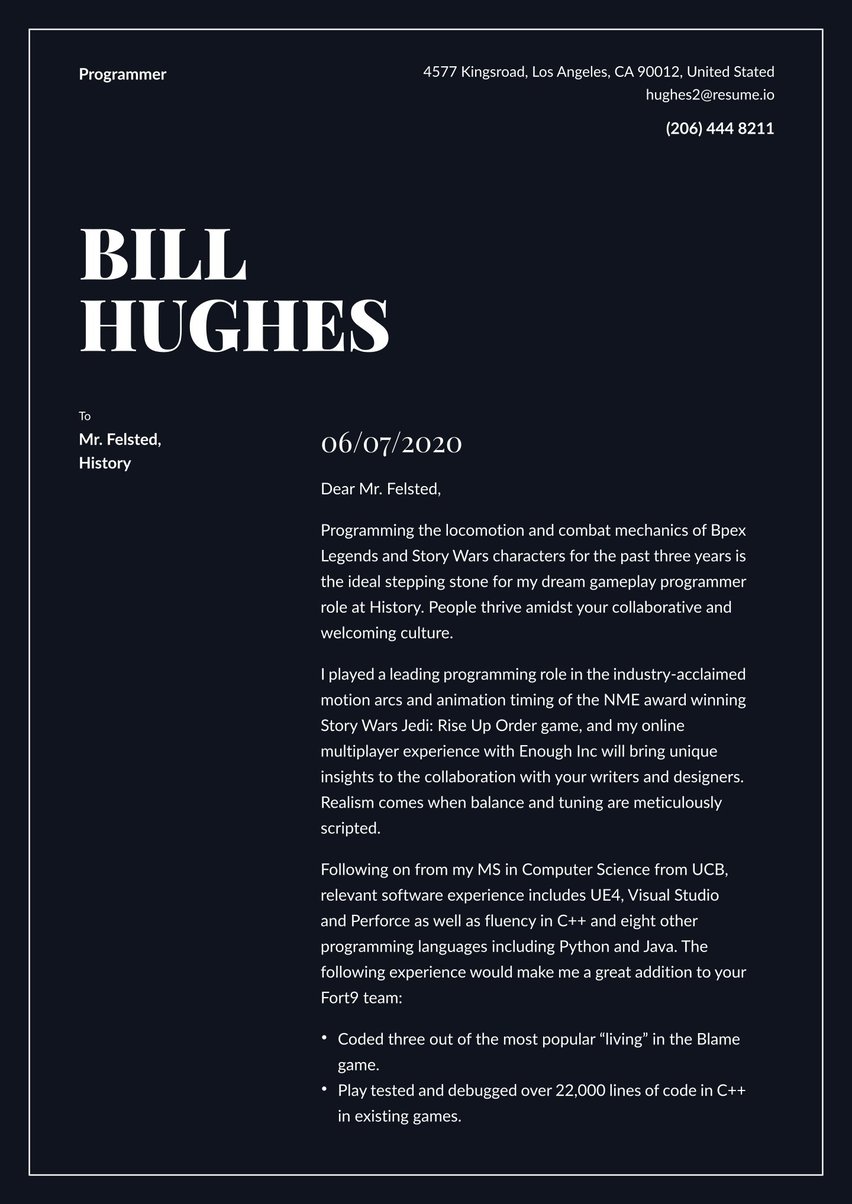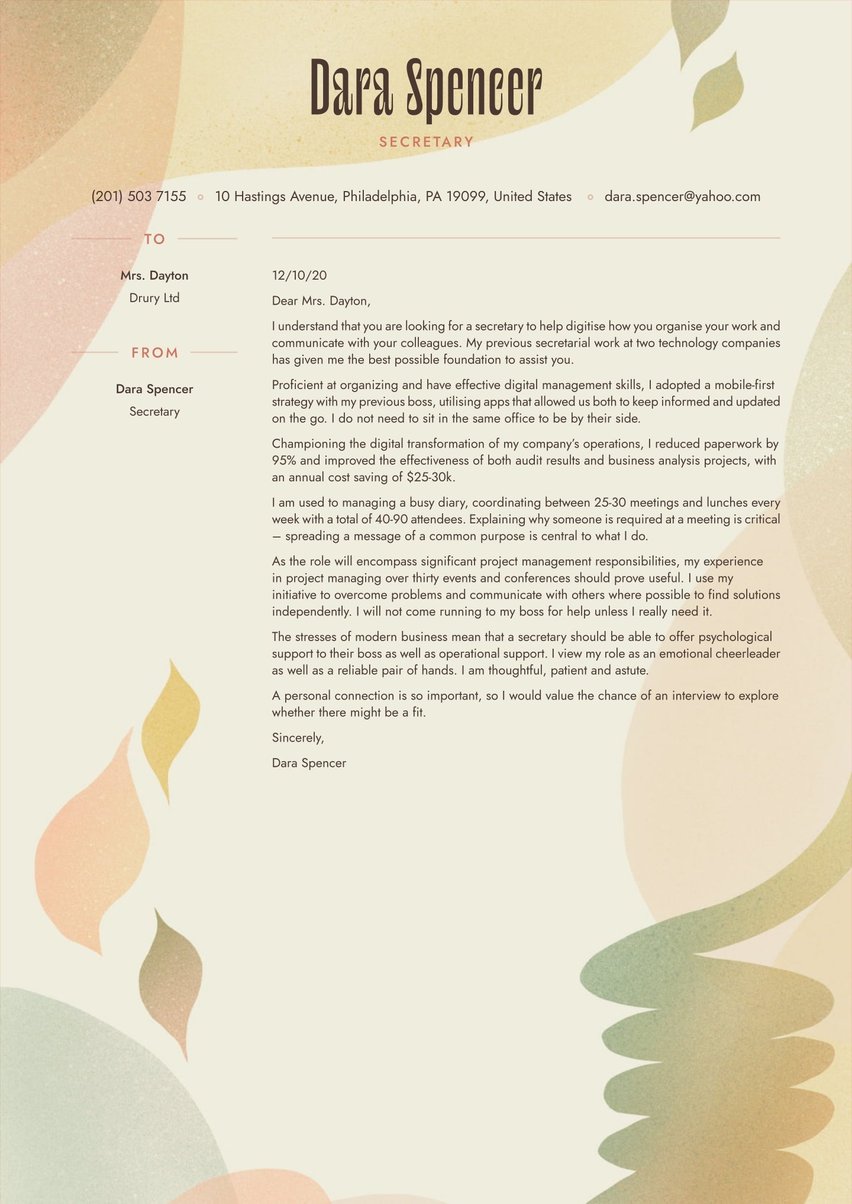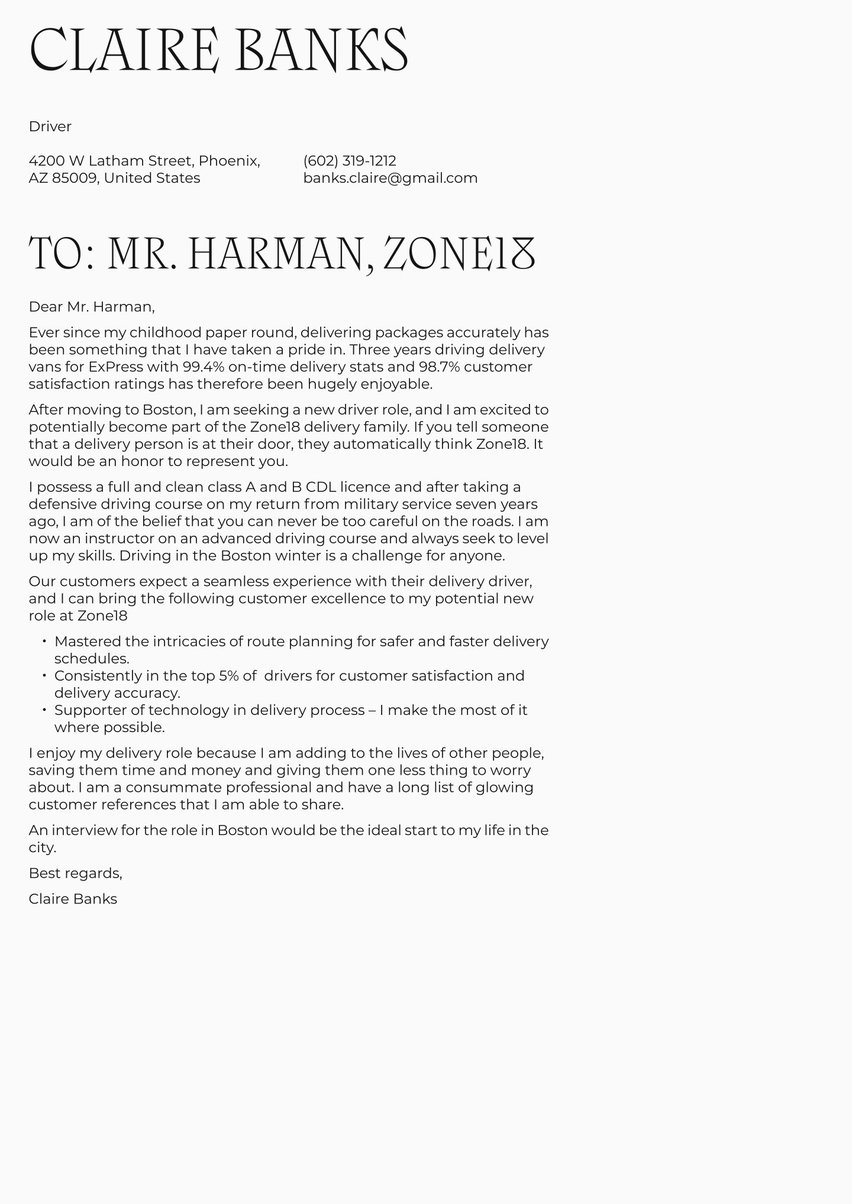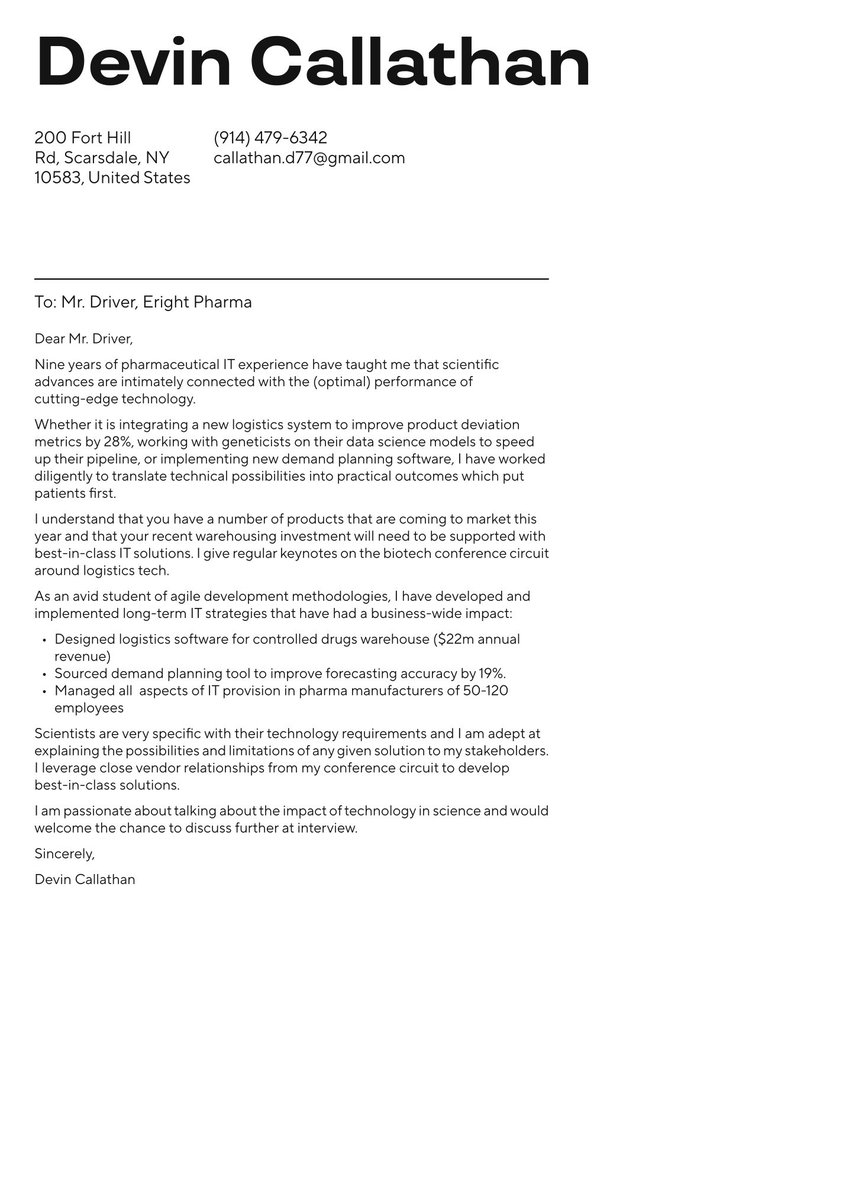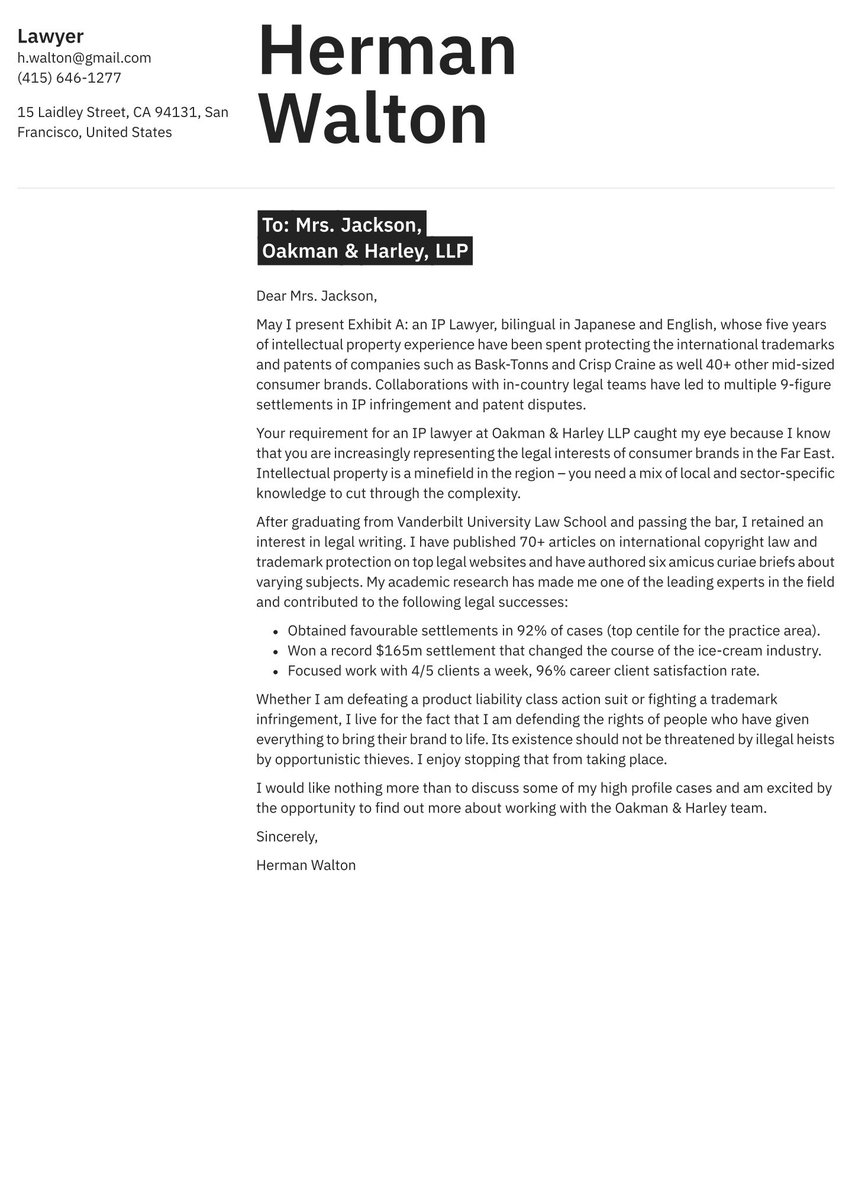To write a good data entry cover letter, you need to understand how recruiters view the job and what they think about it. That is the basis for creating a convincing letter that gets you interviews. Data entry is the process of inputting information like words, numbers and symbols into a computer system. The source material may be written by hand, recorded in audio files or stored in some other format, but it’s not useful to the company until it’s placed into a different format.
As an example, a company trying to build a mailing list of potential customers might hold a raffle or issue a questionnaire in which people provide their names, phone numbers and email addresses on hand-written forms. For the company to be able to use this information, it has to be input into a database, and that’s where a data entry clerk would come in.
Or a company might have a substantial amount of information stored in an obsolete format that needs to be transferred to an updated format so that it can be more efficiently processed and utilized. In some cases, there’s no way to do this automatically, so human operators are needed to move this info from one place to another, piece by piece.
A related field is transcription, in which audio recordings must be transcribed into a written format. Medical transcriptionists, for example, transcribe voice-recorded medical reports made by doctors and other health professionals, making crucial patient information readily available in a written format. In television and other audiovisual media, transcription is also often needed to provide subtitles, to publish audio material in a readable format or simply to make the content of lengthy audio files easily searchable.
Data entry is not a very high-paying field, but the work generally requires only a high school education and fast, accurate typing skills. It’s also a job that can often be done from home.
According to Payscale, data entry clerks make an average of $13.91 an hour. The U.S. Bureau of Labor Statistics includes data entry workers among various types of “information clerks,” who earned a median 2020 salary of $17.75 an hour, or $36,920 a year. The job outlook for information clerks of all types is expected to decline 3% from 2019 through 2029, according to the BLS, as businesses increasingly adopt electronic and automated means of performing many clerical functions.
So if you’re a data entry clerk, or you’re interested in becoming one, it’s not a growing field, but you don’t have to clear a high bar to find work.
You do, however, need a professional job application package consisting of an excellent resume and cover letter. Resume.io is a leading provider of resume and cover letter templates, as well as occupation-specific advice on how to prepare them, so you’ve come to the right place.
The starting point is a resume. But you’ll also need a cover letter to go with it, and the guide you’re reading now is dedicated to the topic of how to write and format a cover letter that will get employers’ attention.
Here’s what we’ll discuss in this article:
- Why a data entry cover letter is essential
- The proper structure for a cover letter, and how to write it
- How to design your cover letter so it looks great
- Tips for writing a cover letter that will get results
- Common errors you need to avoid
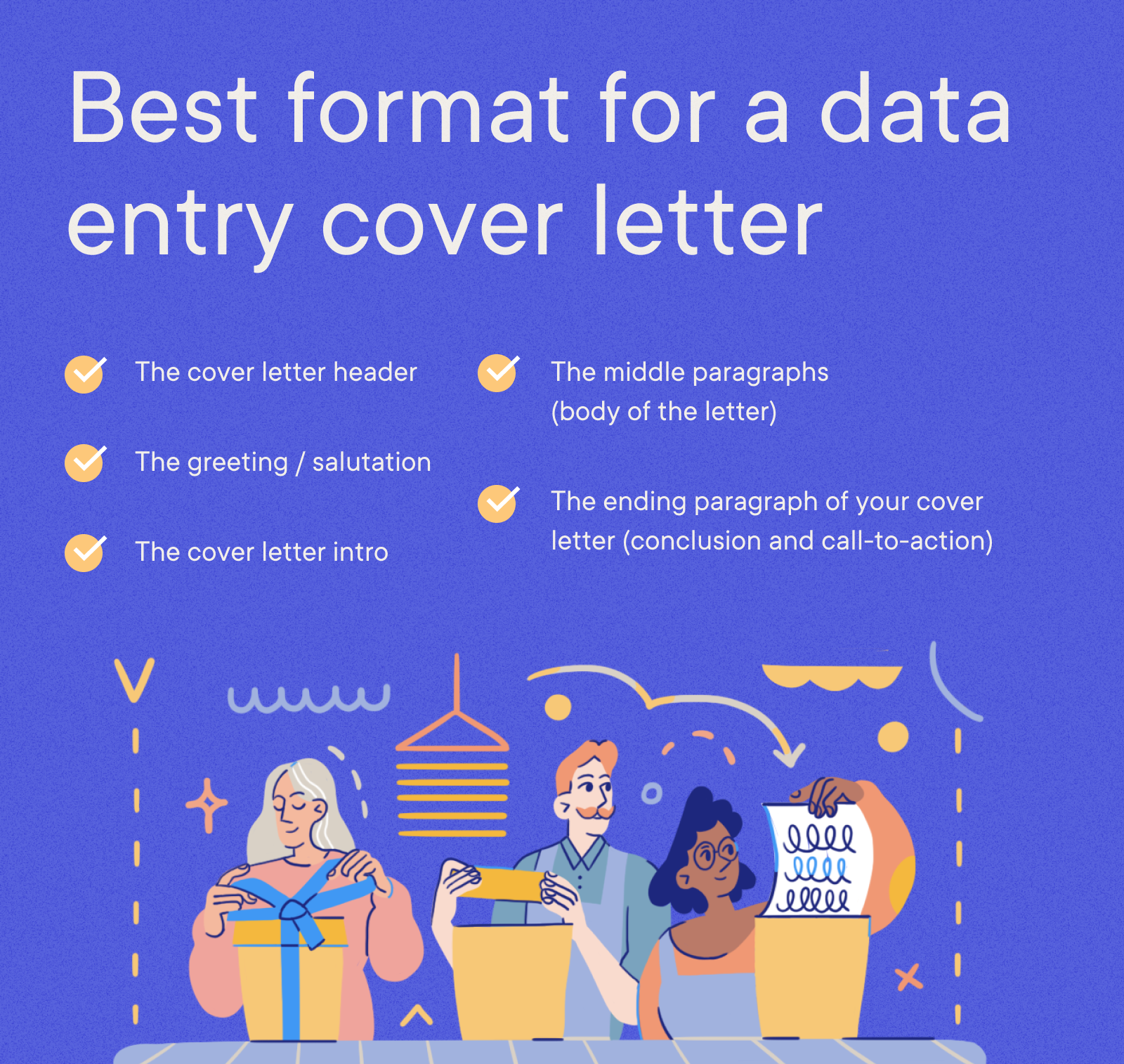
Best format for a data entry cover letter
A data entry specialist resume without a cover letter is the equivalent of a business flyer stuck under a windshield wiper — swiftly removed and usually discarded. Like your resume, this windshield flyer would presumably mention the services being offered, perhaps something about the business’s years of experience, and of course the company’s contact info. But it’s a totally impersonal way of reaching out to customers, and it’s easily ignored.
A cover letter, on the other hand, is the equivalent of a personal introduction to a potential client. It’s a hello, a greeting, a handshake — as if you were meeting a man on the street, introducing yourself, and telling him about services you offer that could make his life easier. Given such a personal approach, most people would feel compelled to at least stop and listen.
The idea of a cover letter is to highlight the experience, qualifications and skills that make you a great job candidate (like a resume), but also to showcase your personality, likeability and drive in ways that a resume can’t.
Bear in mind that a cover letter is almost always expected to accompany a resume, so if you fail to include one, it’s like filling out only half of a job application. Unless you’re specifically asked not to, always include a cover letter with a resume. There’s broad agreement on the basic structure of a cover letter — the “skeleton” you need to flesh out — and good reasons for deviating from it are rare. In most cases, a cover letter should be a one-page document with a maximum of 400 words, and it should be built like this:
- The cover letter header
- The greeting / salutation
- The cover letter intro
- The middle paragraphs (body of the letter)
- The ending paragraph of your cover letter (conclusion and call-to-action)
The comprehensive cover letter guide offers more general advice about how to go about compiling cover letters, but below you will find specific advice on how to maximize the effectiveness of each specific letter paragraph and section.
This data entry cover letter example is a good foundation for developing your own professional application:
Dear Mr. Wilkins,
Working in a warehouse with 200 people relying on your accuracy, you realize the importance of manual data entry. We did not have an integrated RF system, so accuracy was essential to calculating the flow of work and managing performance.
I have data entry experience across the range of warehouse software, from operations and finance to the product database. Some systems were integrated into a SAP database and others were Excel based. My keying accuracy never dropped beneath 99.92% across all methods. I was the longest serving member of the three-strong data entry team and my salary increased by 60% over four years because of my reliability. I also had the lowest absence rate in the whole warehouse – people were relying on me.
Data entry is an important role – employees are dependent on you getting the numbers correct so that they can be paid, suppliers need accurate stock levels and management reports cannot contain any errors. My IT skills are honed, and I always take extra seconds to check each line of data. Avoiding careless mistakes saves you time along the line.
Working with over a hundred different employees on a constant basis means that you need to be open to assist others. Data entry is easier if you are sitting in a darkened room, but the enjoyable contact with my colleagues makes me understand just why I do my job.
As I have recently relocated, I have nine letters of recommendation from my previous employer. I hope to have the opportunity to meet for an interview to find out more about the demands of the role. I know that I can take your data accuracy to the next level.
Sincerely,
Simon Treadwell
Let’s talk about each of these elements, and how you should write them.
If you're ready to step up in your career and need more inspiration, check out our Information Technology cover letter example category or these related cover letter samples:
- Software Engineer cover letter sample
- IT cover letter sample
- Graphic Design cover letter sample
- Programmer cover letter sample
- Data Analyst cover letter sample
- Software Developer cover letter sample
- Google cover letter sample
- Data Scientist cover letter sample
- IT Manager cover letter sample
- System Administrator cover letter sample
- Apple cover letter sample
- Computer Science cover letter sample
- Scrum Master cover letter sample
- Software Tester cover letter sample
- Cyber Security cover letter sample
- DevOps Engineer cover letter sample
- IT Director cover letter sample
- Full Stack Developer cover letter sample
- IT Project Manager cover letter sample
- UX Designer cover letter sample
- IT Technician cover letter sample
Cover letter header
The cover letter header at the top of your letter should contain your name, occupation, address, phone and email. This lets employers know how to contact you if they’re interested, but it should also serve a design function, making your letter look more attractive. Include your full name, email address and phone number. You may also choose to include any social media accounts if you wish.
You shouldn't include your full home address at this point. There can be data protection issues. Also, the inside address of the employer is not required. You won't be sending this application by post, after all.
Review some of the free cover letter templates offered by resume.io, and you’ll find lots of options for well-designed headers. Pick one you like and you’ll save yourself a lot of trouble trying to design your own.
Align document styles
Use the same fonts and formatting styles in your resume and cover letter to give them a similar look. These two documents should be a “matching set,” like a tea and a teacup designed to go together.
Using clashing styles in your resume and cover letter suggests that you didn’t put much thought into this package. But making them match shows your attention to detail and your understanding of the importance of coherent design.
The aim of the cover letter header: Get the attention of hiring managers and include those vital contact details, efficiently, with no frills.
Cover letter greeting/salutation
You can’t go wrong by opening your cover letter greeting with “Dear Mr. X:” or Dear Ms. Z:” — using a last name and a colon at the end.
Modern styles tend to be a bit more relaxed, with more commas than colons, and with words like “Hello” or “Greetings” sometimes substituting for the traditional “Dear.”
Always try to find out the name of the appropriate person to whom you should address your letter. Even if it takes a phone call to the company to find out, a personalized greeting is almost always better than a generic “Dear Hiring Team.” People like to read their own names, and they tend to pay closer attention to a letter that is personally addressed to them.
The aim of letter greeting / salutation: Set the tone for your letter by matching your greeting to the style of the company to which you are applying.
Cover letter introduction
Your cover letter introduction (which is in your first paragraph) should be a provocative opening statement that both identifies the job you’re seeking and begins to make the case that you’re the right candidate for the job.
Busy recruiters usually spend just a few seconds scanning a cover letter, and they may be looking for any excuse to set yours aside. But you have to compel the reader to keep reading.
Use bold, assertive, original language, without ever crossing a line into arrogance or overconfidence. It’s important to find the right tone of voice, engaging and friendly, without striking any sour notes.
The aim of the cover letter intro: Lean in with your most important message, and one that will compel hiring managers to read on.
The data entry cover letter example text from our letter above tells of a difficult situation and leaves the reader wondering how the applicant managed this level of accuracy.
Dear Mr. Wilkins,
Working in a warehouse with 200 people relying on your accuracy, you realize the importance of manual data entry. We did not have an integrated RF system, so accuracy was essential to calculating the flow of work and managing performance.
Cover letter middle part (body)
After the initial pleasantries, it’s time to get down to business. The central two or three paragraphs of your letter are where you must deliver the goods. If you don’t build a convincing case here that you’re the right person for the job, you probably won’t get the job.
Open with your work experience in data entry — or if you have none, any related experience, such as in word processing. If you don’t have years of work history, then internships or even unpaid experience can be relevant.
Be specific about your experience, using facts and figures wherever possible. If there’s an anecdote you can relate about a challenge you once faced and how you resolved it, all the better.
Any relevant education credentials are also worth mentioning. You don’t need a college degree to do data entry, but if you had a 3.8 GPA in high school, say so.
If at all possible, say something about the company you’re writing to, the challenges it faces and how you can help solve its problems. At the very least, this will demonstrate that you aren’t just sending out a mass-produced cover letter to all employers. Every cover letter you write should be unique and targeted to a specific employer.
The aim of the body of your cover letter: Offer up your working style and philosophy. Show that you have the skill to contribute to the data entry process and the company as a whole.
Check out this data entry cover letter sample text. It illustrates that the applicant understands the job and highlights a skill.
I have data entry experience across the range of warehouse software, from operations and finance to the product database. Some systems were integrated into a SAP database and others were Excel based. My keying accuracy never dropped beneath 99.92% across all methods. I was the longest serving member of the three-strong data entry team and my salary increased by 60% over four years because of my reliability. I also had the lowest absence rate in the whole warehouse – people were relying on me.
Data entry is an important role – employees are dependent on you getting the numbers correct so that they can be paid, suppliers need accurate stock levels and management reports cannot contain any errors. My IT skills are honed, and I always take extra seconds to check each line of data. Avoiding careless mistakes saves you time along the line.
Working with over a hundred different employees on a constant basis means that you need to be open to assist others. Data entry is easier if you are sitting in a darkened room, but the enjoyable contact with my colleagues makes me understand just why I do my job.
How to close a data entry cover letter (conclusion and sign-off)
Find a natural way to finish your letter, use your cover letter conclusion to thank the reader for his or her time, and also propose some kind of call to action. Say something about how you look forward to hearing back, you’re eager to discuss this matter further, and/or you’d be delighted to show up for an interview.
Plant the thought in your correspondent’s head that some action should be taken as a result of this letter. The last thing you want is for the reader to set your letter aside and do nothing about it. Propose a next step that will help you close the deal.
Close with a “Sincerely,” “All my best” or an equivalent phrase, followed by a comma and a return, and then type your full name. If sending this letter electronically, you can add a digital signature if you like.
The aim of this part: Finish by telling your future employer why they should employ you and justify your request for an interview.
The closing sentence from our cover letter sample tells hiring managers why the writer is looking for a new position and politely suggests an interview.
As I have recently relocated, I have nine letters of recommendation from my previous employer. I hope to have the opportunity to meet for an interview to find out more about the demands of the role. I know that I can take your data accuracy to the next level.
Sincerely,
Simon Treadwell
Put yourself in your reader’s shoes
Remember that you are writing this letter in an effort to establish a working relationship with another human being. So you need to write like a human being, and avoid any language that sounds like robotic, cliché-ridden “HR-speak.”
Psychologists say that we all respond to stimuli in both rational and emotional ways, with both the head and the heart. Neither of these responses is right or wrong — it’s just how people are wired.
In fact, a hiring decision will usually involve a blend of these two responses. The rational side of the recruiter’s mind will take a cold look at the job candidate’s experience, education and skills. But the emotional side will rely on less tangible factors, like the candidate’s likeability, personality and even sense of humor.
The language you use in your cover letter can trigger both of these responses. So choose your words thoughtfully, and write like a real person.
Put yourself in the shoes of the person you’re writing to, and try to imagine how everything you write will be received. If this letter were sent to you by someone else, would you be interested in meeting and potentially working with this person?
Your purpose in writing this letter is not to convince anyone that you deserve a job. It’s to convince the employer that you can help solve its problems, not that it can help solve yours.
Applying for your first data entry job
In our cover letter example, the writer has experience as a data entry professional, but what if you don't? Data entry positions are often entry level, so hiring managers understand you may be looking to get your career off the ground. Here are some ideas for writing a cover letter for your first job:
- Focus on any experience you have outside data entry. This may include volunteer work or clubs or teams (especially if you held a position of responsibility).
- Highlight academic success that shows off your organizational skills and detail-oriented nature.
- Explain your technical knowledge and how you developed it.
- Give an example of how you collaborate. This could be a time when you completed an academic group project.
How to design a standout cover letter
In all your focus on substance, don’t forget about style. Your cover letter template design should look as good as it reads, and there are simple rules you should follow to make sure it does.
Choose a font that’s easy to read, nothing too exotic or avant-garde. Use a font size no larger than 12 points and no smaller than 10 points. Many people try to cram a wordy letter onto one page by reducing the font size, but that’s not the solution. Trim your text so that it fits into the space you have, and don’t expect your reader to reach for a magnifying glass.
Do not write super-long paragraphs. Hold paragraphs to a reasonable length, put a space between them, and don’t indent.
Text should be aligned left, not justified from margin to margin, to leave a little space at the end of each line. This makes the text easier to navigate and avoids a blocky look.
Use a one-inch margin on the top, bottom, right and left of your letter. White space is important, and it’s a fundamental design rule that white space should be pushed to the outside and not trapped in the center. Setting proper margins provides built-in room for white space on the outside of your text.
The vast majority of resumes and cover letters today are sent electronically, either by email or through an online system provided by the employer to upload documents. Unless you’re specifically asked to do otherwise, save your resume and cover letter as PDF documents, which will retain your formatting so that they look the same on any device.
The safest and simplest way to sidestep any of the potential design flaws mentioned here is to use a professionally designed cover letter template like those we offer at resume.io. We can’t write the letter for you, but we can give you an excellent foundation to build on.
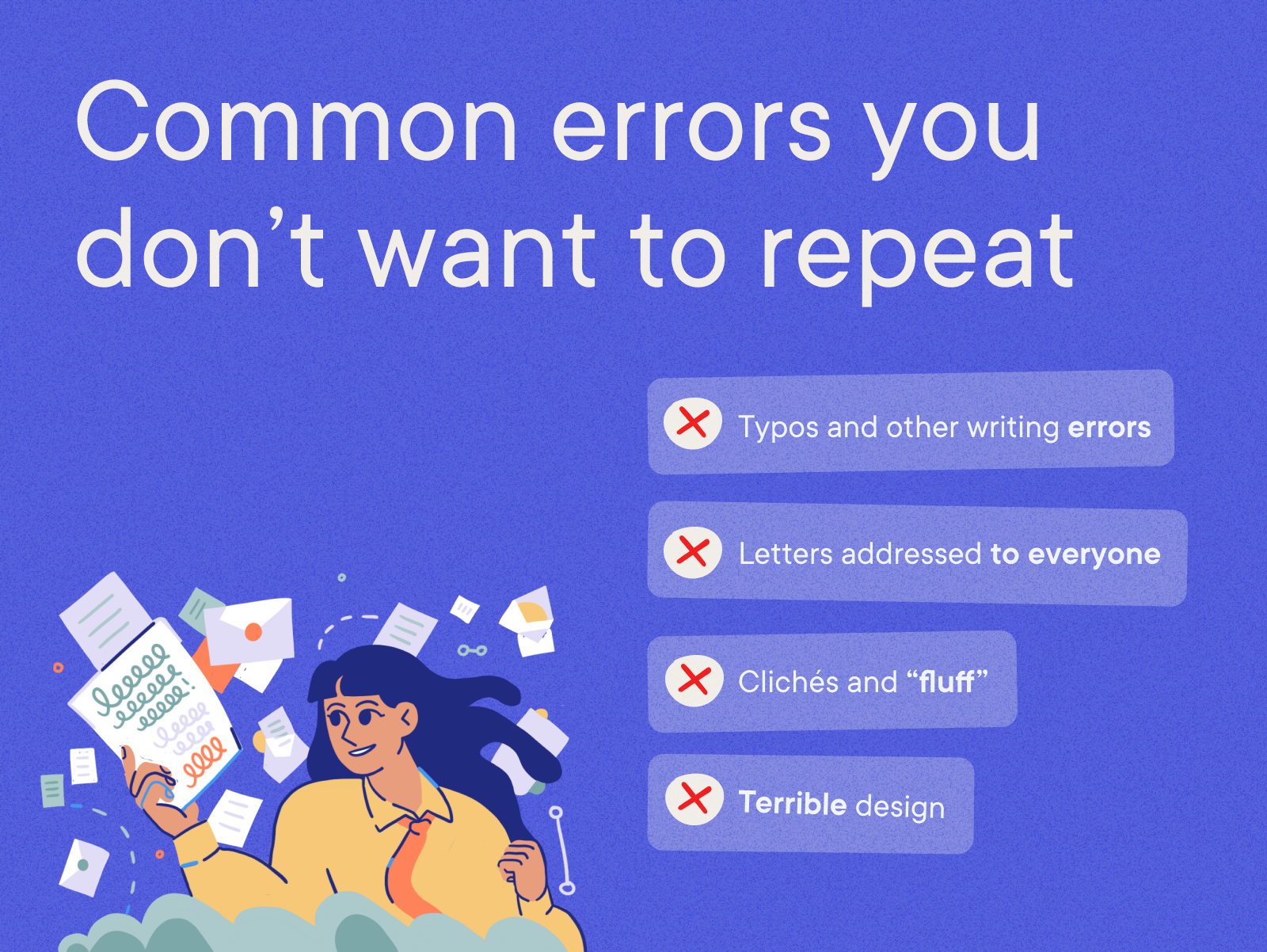
Mistakes in a data entry cover letter
Here are some of the mistakes commonly found in cover letters that you need to avoid:
- Typos and other writing errors: Data entry specialists are prized for their accuracy, so you can’t afford to make any mistakes in a one-page letter.
- Letters addressed to everyone: Each cover letter should be customized for a specific employer, so don’t send the same letter to 50 recruiters.
- Clichés and “fluff”: Fluff is language that sounds impressive but says nothing, and clichés are trite phrases that everyone has heard a thousand times before.
- Terrible design: Letters that look ugly at a glance, with strange-looking fonts, minuscule text or margins that are barely there will rarely merit a second look.
Key takeaways
- Data entry is a shrinking occupation, yet one that’s easy to break into if you have a well-honed pitch.
- If looking for a data entry job, you need a well-written cover letter to get your foot in the door.
- Your cover letter must be properly structured and well-written, or your chances of being hired will be slim.
- Your cover letter needs to follow established design principles so it reads as good as it looks.
- Try to “get into the head” of your correspondent to write a letter that anyone would find irresistible.
- You only need to write one page, so don’t make any mistakes.
The shortest route from A to Z starts with a professionally designed cover letter template that takes all the guesswork out of the design and offers a step-by-step blueprint for success. Find a format you like, download it, and start entering the data that’s going to lead to your next job.


